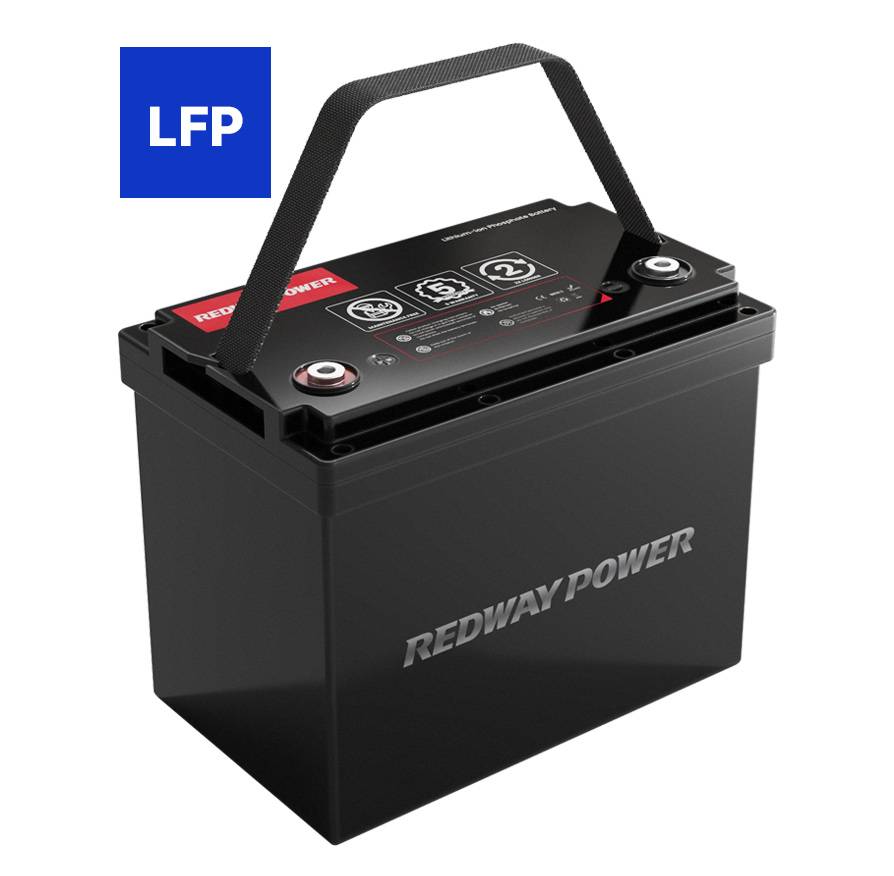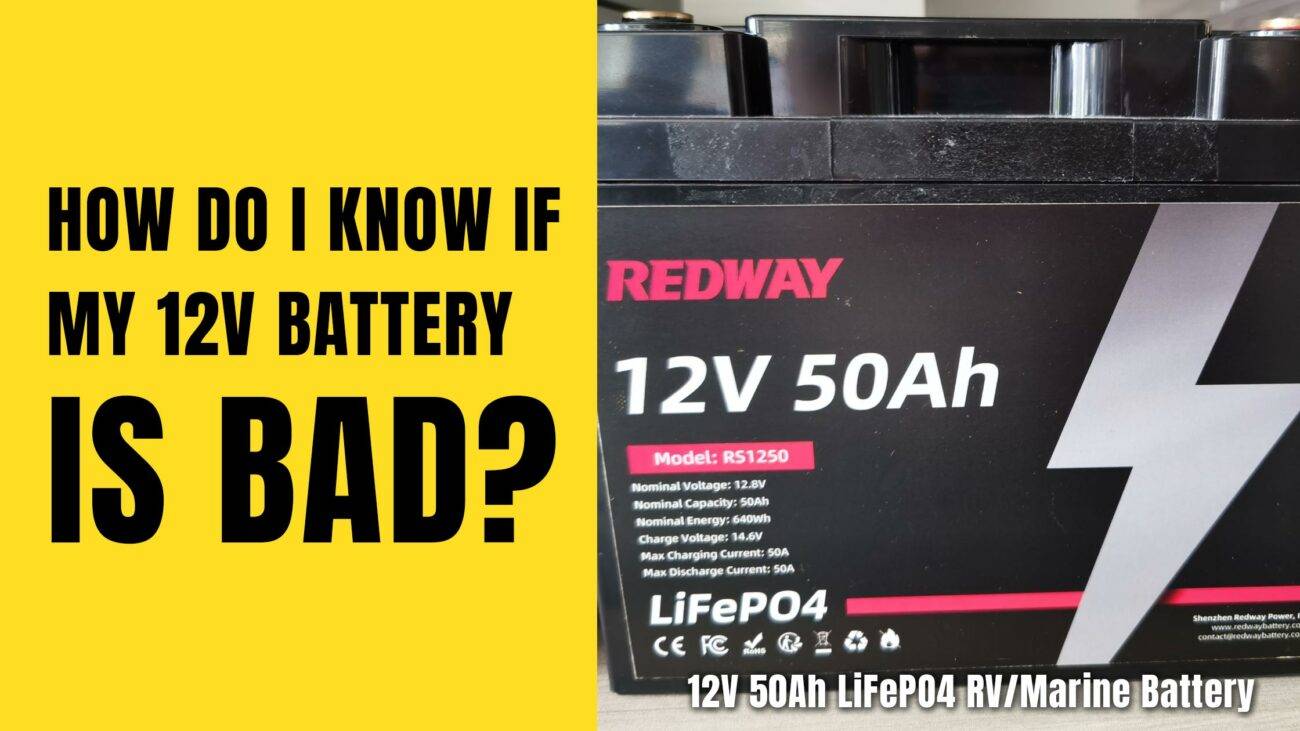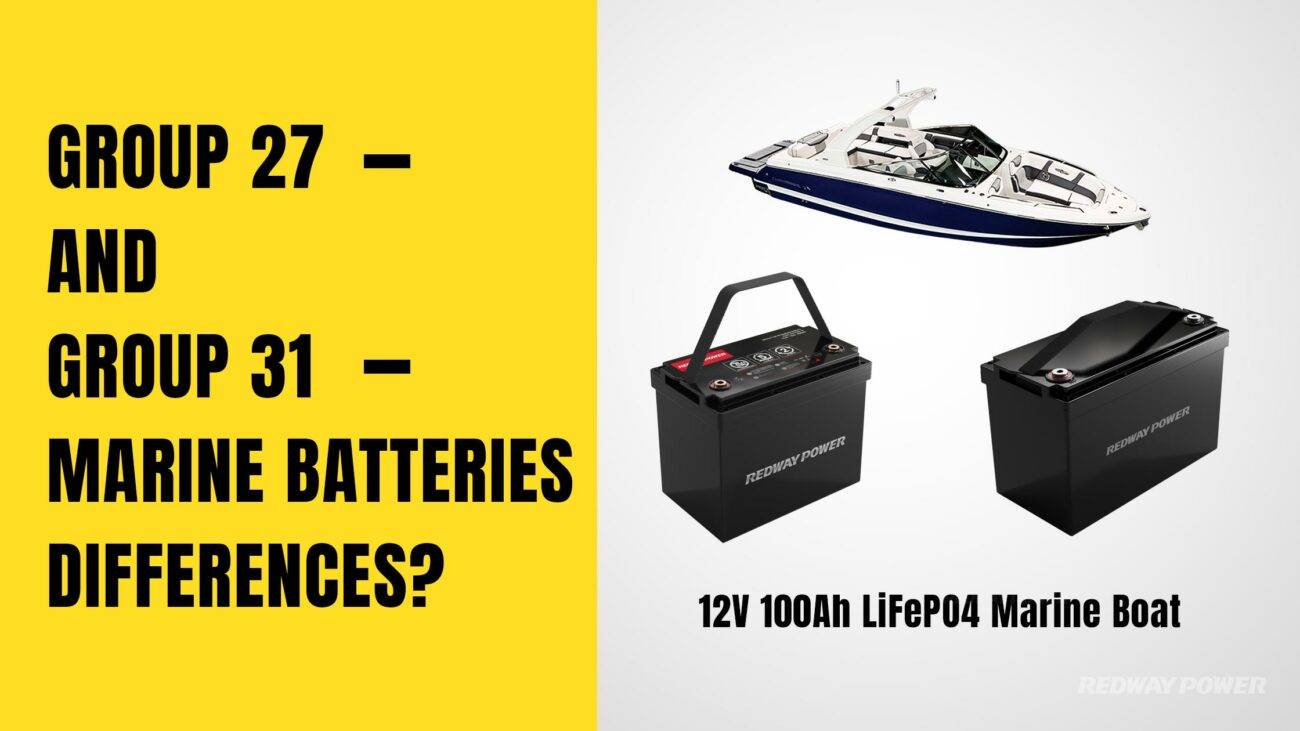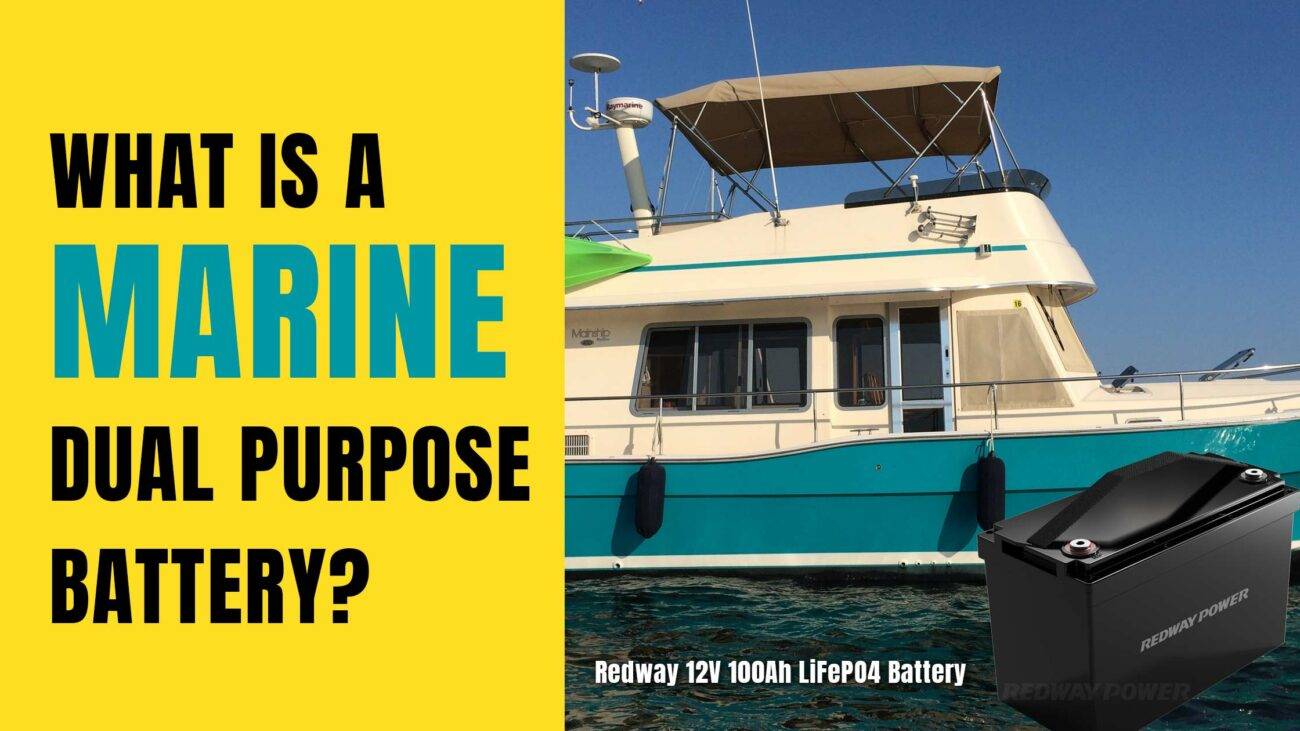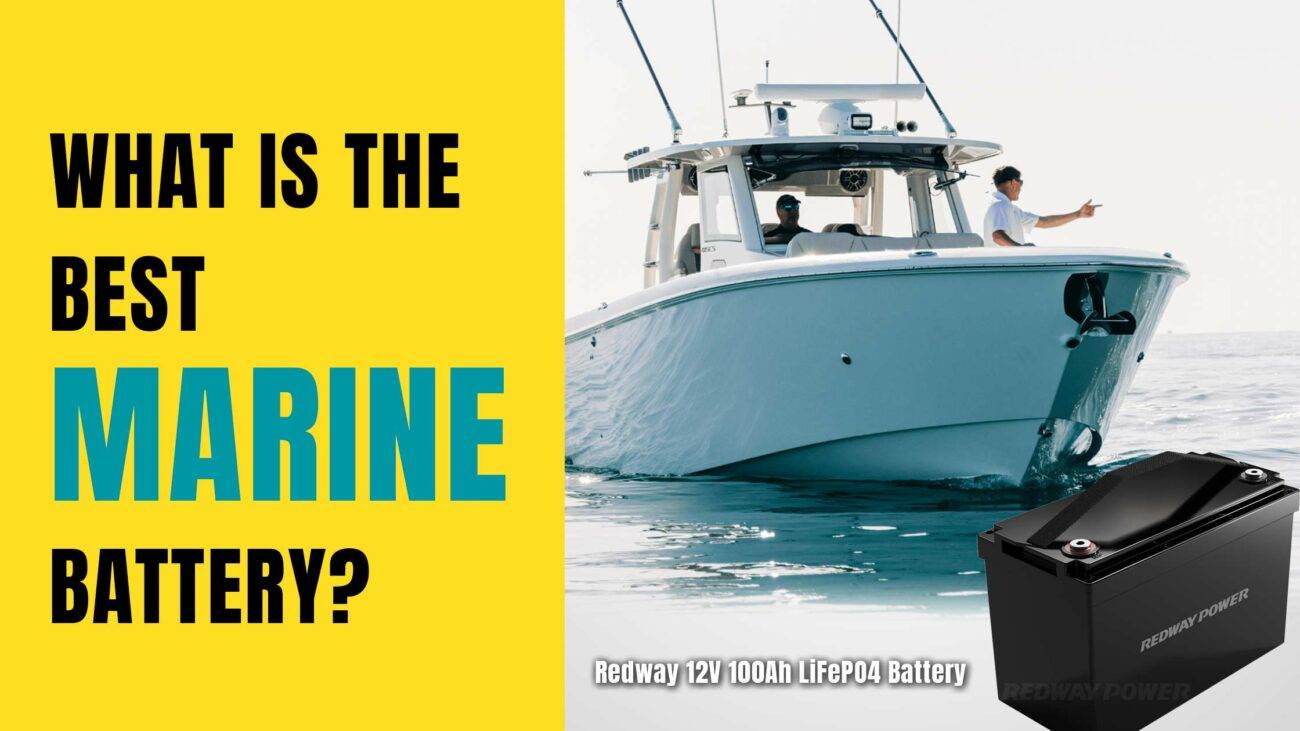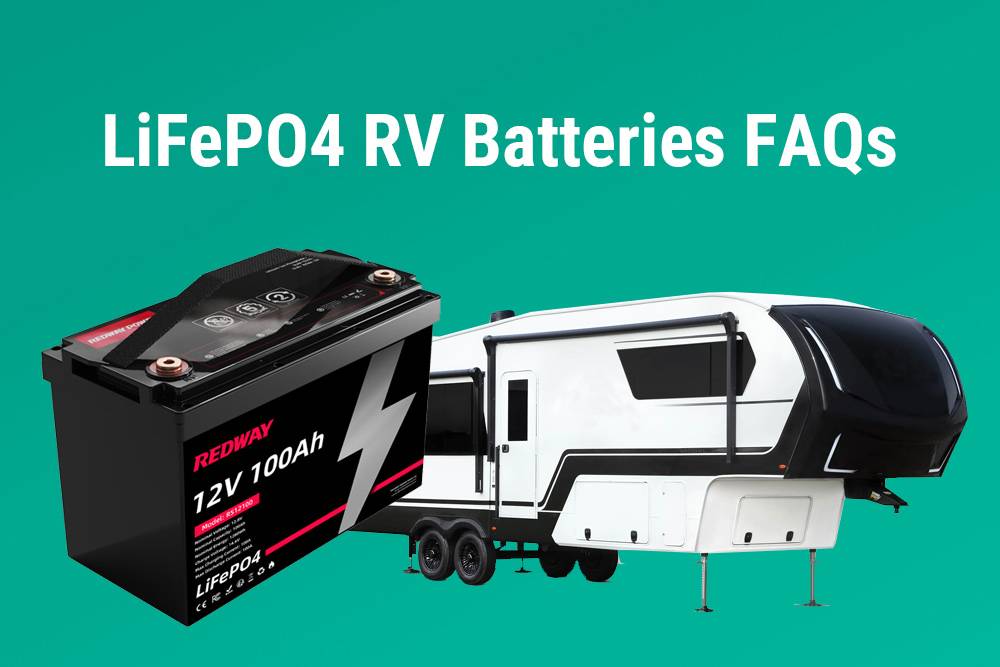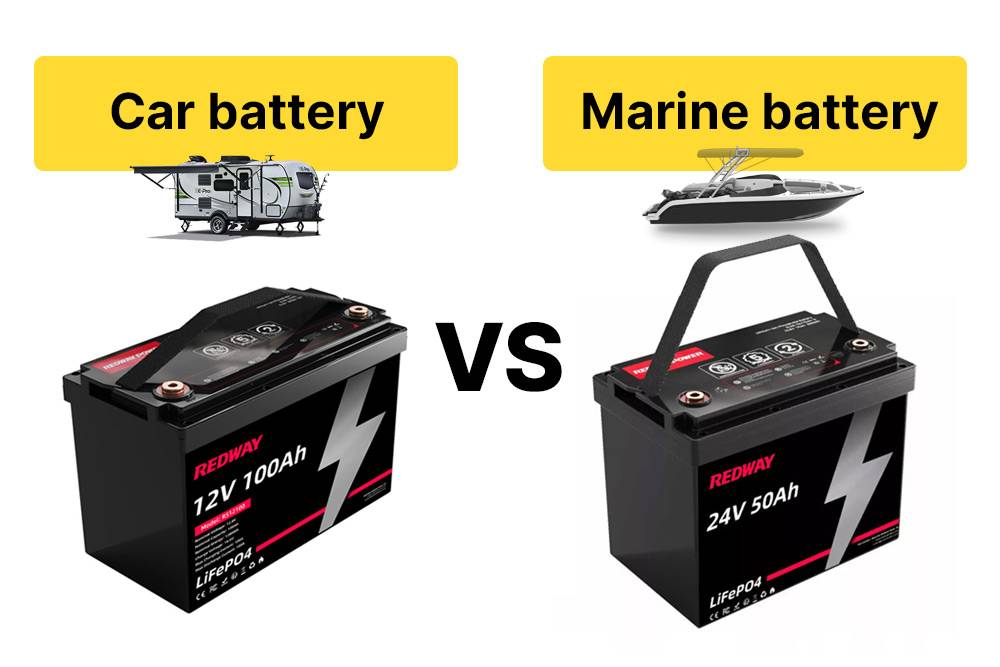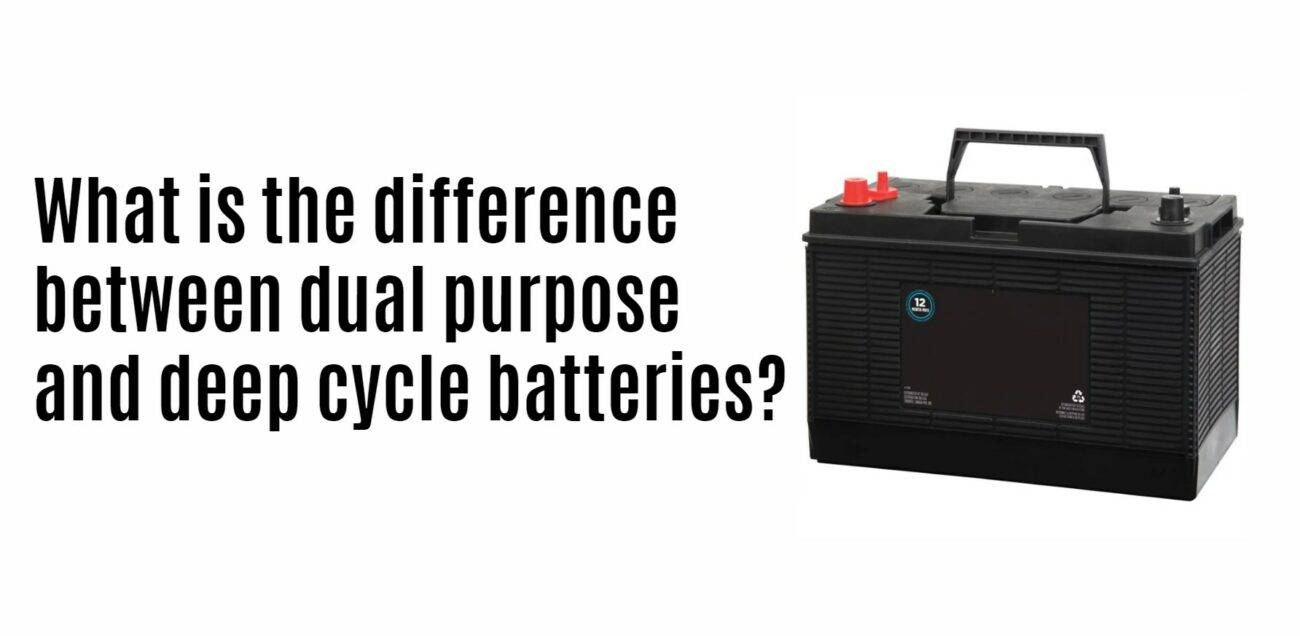- Rack-mounted Lithium Battery
- Golf Cart Lithium Battery
-
Golf Cart Lithium Battery
- 36V 50Ah (for Golf Carts)
- 36V 80Ah (for Golf Carts)
- 36V 100Ah (for Golf Carts)
- 48V 50Ah (for Golf Carts)
- 48V 100Ah (Discharge 100A for Golf Carts)
- 48V 100Ah (Discharge 150A for Golf Carts)
- 48V 100Ah (Discharge 200A for Golf Carts)
- 48V 120Ah (for Golf Carts)
- 48V 150Ah (for Golf Carts)
- 48V 160Ah (Discharge 100A for Golf Carts)
- 48V 160Ah (Discharge 160A for Golf Carts)
-
Golf Cart Lithium Battery
- Forklift Lithium Battery
- 12V Lithium Battery
- 24V Lithium Battery
- 36V Lithium Battery
- 48V Lithium Battery
-
48V LiFePO4 Battery
- 48V 50Ah
- 48V 50Ah (for Golf Carts)
- 48V 60Ah (8D)
- 48V 100Ah (8D)
- 48V 100Ah
- 48V 100Ah (Discharge 100A for Golf Carts)
- 48V 100Ah (Discharge 150A for Golf Carts)
- 48V 100Ah (Discharge 200A for Golf Carts)
- 48V 150Ah (for Golf Carts)
- 48V 160Ah (Discharge 100A for Golf Carts)
- 48V 160Ah (Discharge 160A for Golf Carts)
-
48V LiFePO4 Battery
- 60V Lithium Battery
-
60V LiFePO4 Battery
- 60V 20Ah
- 60V 30Ah
- 60V 50Ah
- 60V 50Ah (Small Size / Side Terminal)
- 60V 100Ah (for Electric Motocycle, Electric Scooter, LSV, AGV)
- 60V 100Ah (for Forklift, AGV, Electric Scooter, Sweeper)
- 60V 150Ah (E-Motocycle / E-Scooter / E-Tricycle / Tour LSV)
- 60V 200Ah (for Forklift, AGV, Electric Scooter, Sweeper)
-
60V LiFePO4 Battery
- 72V~96V Lithium Battery
- E-Bike Battery
- All-in-One Home-ESS
- Wall-mount Battery ESS
-
Home-ESS Lithium Battery PowerWall
- 24V 100Ah 2.4kWh PW24100-S PowerWall
- 48V 50Ah 2.4kWh PW4850-S PowerWall
- 48V 50Ah 2.56kWh PW5150-S PowerWall
- 48V 100Ah 5.12kWh PW51100-F PowerWall (IP65)
- 48V 100Ah 5.12kWh PW51100-S PowerWall
- 48V 100Ah 5.12kWh PW51100-H PowerWall
- 48V 200Ah 10kWh PW51200-H PowerWall
- 48V 300Ah 15kWh PW51300-H PowerWall
PowerWall 51.2V 100Ah LiFePO4 Lithium Battery
Highly popular in Asia and Eastern Europe.
CE Certification | Home-ESS -
Home-ESS Lithium Battery PowerWall
- Portable Power Stations
What Does Dual Purpose Mean on a Marine Battery?
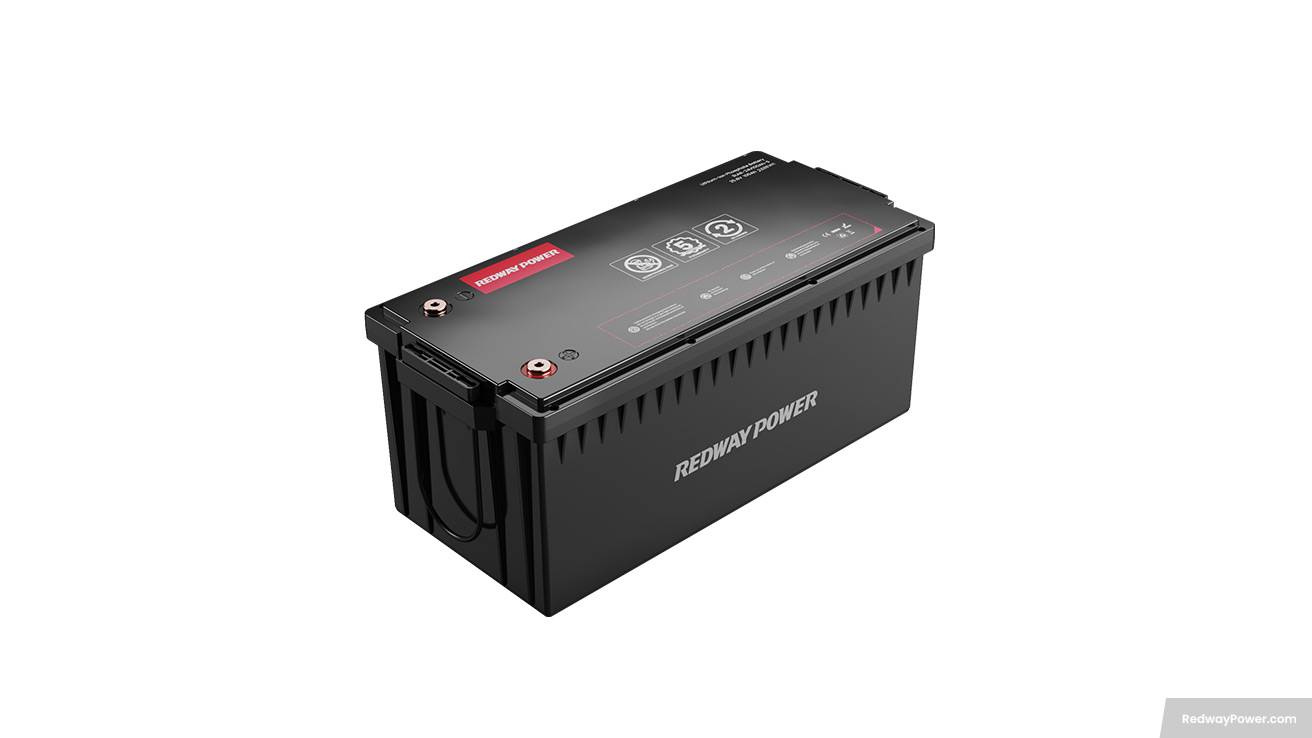
The Importance of Dual Purpose Batteries
Understanding dual purpose marine batteries
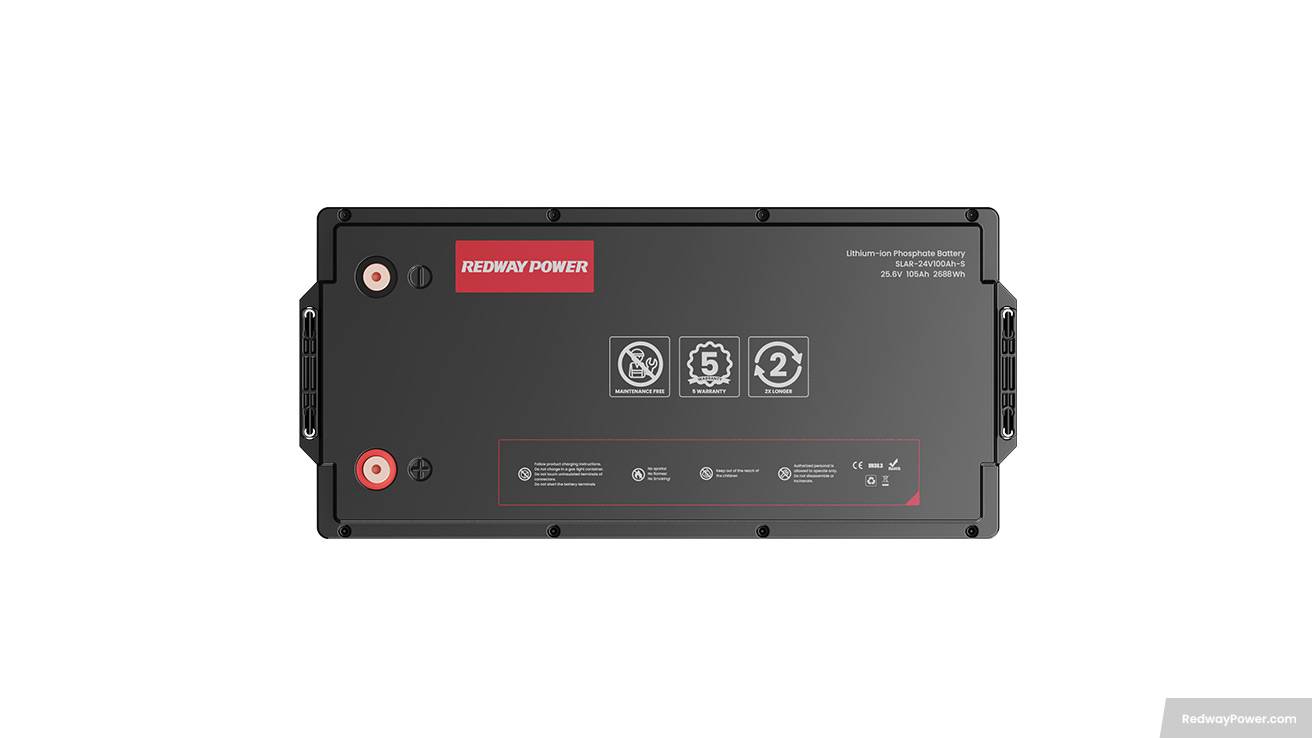
Advantages and Disadvantages of Dual Purpose Batteries
Choosing the Right Dual Purpose Battery for Your Boat
Maintenance Tips for Dual Purpose Batteries
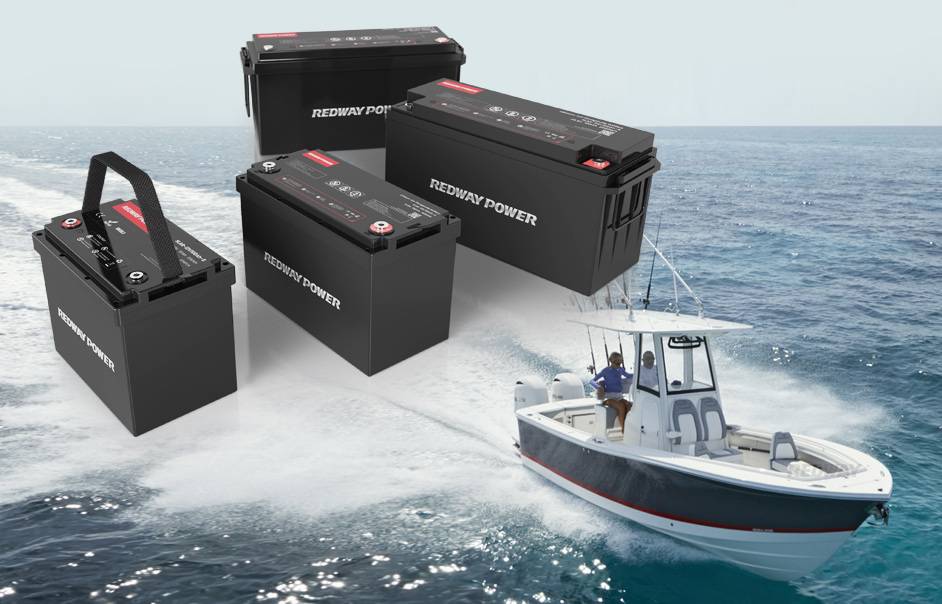
FAQs
What precautions should be taken when charging LiFePO4 batteries with alternators?
How can alternators be used to charge LiFePO4 marine batteries?
How do you determine the number of lithium batteries needed for a trolling motor based on voltage?
What is the recommended charging method for lithium marine batteries?
What are the specifications of various WEIZE dual-purpose AGM marine batteries?
Specifications of various WEIZE dual-purpose AGM marine batteries may vary. For detailed specifications, visit WEIZE’s official website or reputable online marketplaces. When it comes to the specifications of WEIZE dual-purpose AGM marine batteries, it’s important to note that the specifications can vary depending on the specific model and group size. To obtain accurate and detailed information, it is recommended to visit WEIZE’s official website or reputable online marketplaces.
The specifications of various WEIZE dual-purpose AGM marine batteries are as follows:
1. WEIZE 12V 105AH Dual Purpose AGM Battery:
– Price: $299.99 (sale price: $239.99)
– 33 reviews
– Item Group 31M Battery
– Nominal Voltage & Rated Capacity: 12V 105Ah
– Dimensions: 6.81″ Depth x 12.99″ Width x 8.35″ Height
– Item Weight: 67.47 Pounds
– Terminals: DT, SAE/M8 Stud, SAE/M8 Threaded Post, WNT
– Vehicle Service Type: Boat/RV
2. WEIZE 12V 79AH Dual Purpose AGM Battery:
– Price: $179.99
– 33 reviews
– Item Group 24M Battery
– Dimensions: 6.61″ Depth x 10.24″ Width x 8.19″ Height
– Item Weight: 50.72 Pounds
– Terminals: DT, SAE/M8 Stud, SAE/M8 Threaded Post, WNT
– Vehicle Service Type: Boat/RV
3. WEIZE 12V 92AH Dual Purpose AGM Battery:
– Price: $249.99 (sale price: $204.99)
– 32 reviews
– Item Group 27M Battery
– Dimensions: 6.61″ Depth x 12.05″ Width x 8.19″ Height
– Item Weight: 59.54 Pounds
– Terminals: DT, SAE/M8 Stud, SAE/M8 Threaded Post, WNT
– Vehicle Service Type: Boat/RV
4. WEIZE 12V 55AH Dual Purpose AGM Battery:
– Price: $149.99
– 59 reviews
– Item Group 34M Battery
– Dimensions: 6.61″ Depth x 10.86″ Width x 6.89″ Height
– Item Weight: 42.56 Pounds
– Terminals: DT, SAE/M8 Stud, SAE/M8 Threaded Post, WNT
– Vehicle Service Type: Boat/RV
These specifications provide important details such as battery group, voltage, capacity, dimensions, weight, terminals, vehicle service types, and pricing for each WEIZE dual-purpose AGM marine battery model offered.













